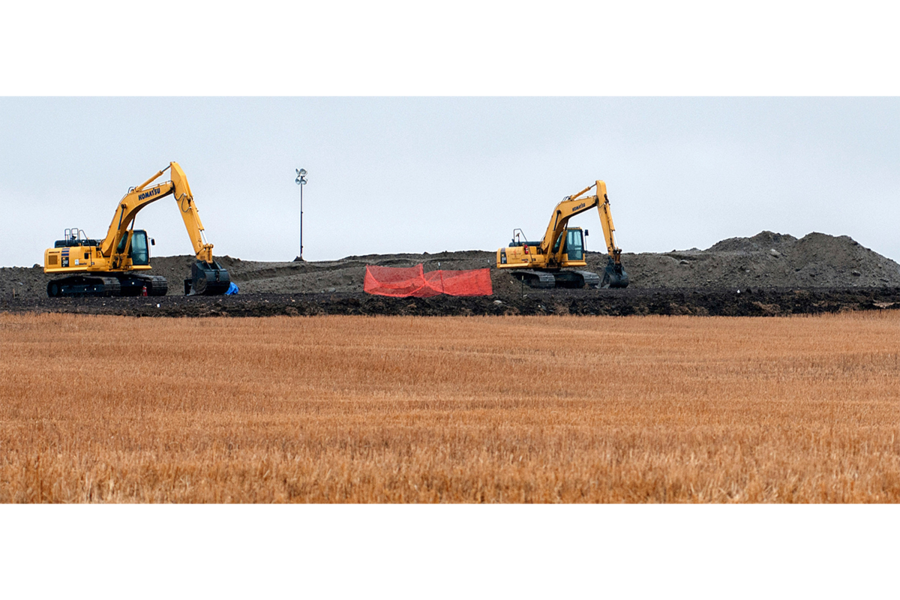More than three years later, N.D. Tesoro oil spill still not cleaned up
Loading...
More than three years ago, 840,000 gallons of oil seeped from a pipeline break in North Dakota to contaminate the surrounding soil. Less than a third has been cleaned up.
In the wake of another spill this month, 150 miles further south, as well as the ongoing debate over the four-state Dakota Access pipeline, the slow progress of the Tesoro Corp. cleanup is causing some consternation.
The Sept. 2013 spill happened in a wheat field. A farmer noticed the smell of oil permeating the air for days on end, and the wheels of his combine became coated in the stuff.
The farmer’s wife, Patty Jensen, told the Associated Press that the clean-up crews are working 24 hours a day, seven days a week. Yet Bill Suess, a North Dakota Health Department environmental scientist, worries that much of the oil may never be removed.
"What happened to us happened and we can't go back," said Ms. Jensen. "But I get really upset when I hear of a new one and I wonder what is being done to prevent these spills."
The Tesoro break took place on a six-inch diameter pipeline, as did this month’s spill in Belfield. Neither is believed to have contaminated any water sources, but in the Belfield incident an estimated 176,000 gallons of oil spewed into a creek that feeds the Little Missouri River, a tributary of the Missouri River. Freezing temperatures appear to have limited the spread.
The six-inch pipelines are part of a network that spreads for thousands of miles all over western North Dakota’s oil patch.
By contrast, the Dakota Access pipeline – which has seen months of protests for environmental reasons, as well as concerns over the destruction of sacred sites – uses 30-inch pipes. The builder of that pipeline, Energy Transfer Partners, says that remote monitoring will allow workers to shut down the pipeline in case of a leak.
When oil spewed from the Belfield line earlier this month, monitoring equipment failed to detect the leak, and it fell to another farmer to raise the alarm. It seems as though the creek carried the oil for about six miles, before freezing temperatures put a stop to the water’s flow, preventing contamination of the Little Missouri River. Far from any major population centers, no water sources were threatened, but an unknown amount of private and US Forest Service land along the waterway was fouled.
In the case of 2013’s Tesoro break, the company has so far spent $49 million on the cleanup, a figure expected to rise to more than $60 million. Crews have been digging as deep as 50 feet, removing hundreds of thousands of tons of tainted soil. They now rely on specialist equipment that allows them to burn off the hydrocarbons from the contaminated soil before replacing it – a process called thermal desorption.
This report contains material from the Associated Press.






